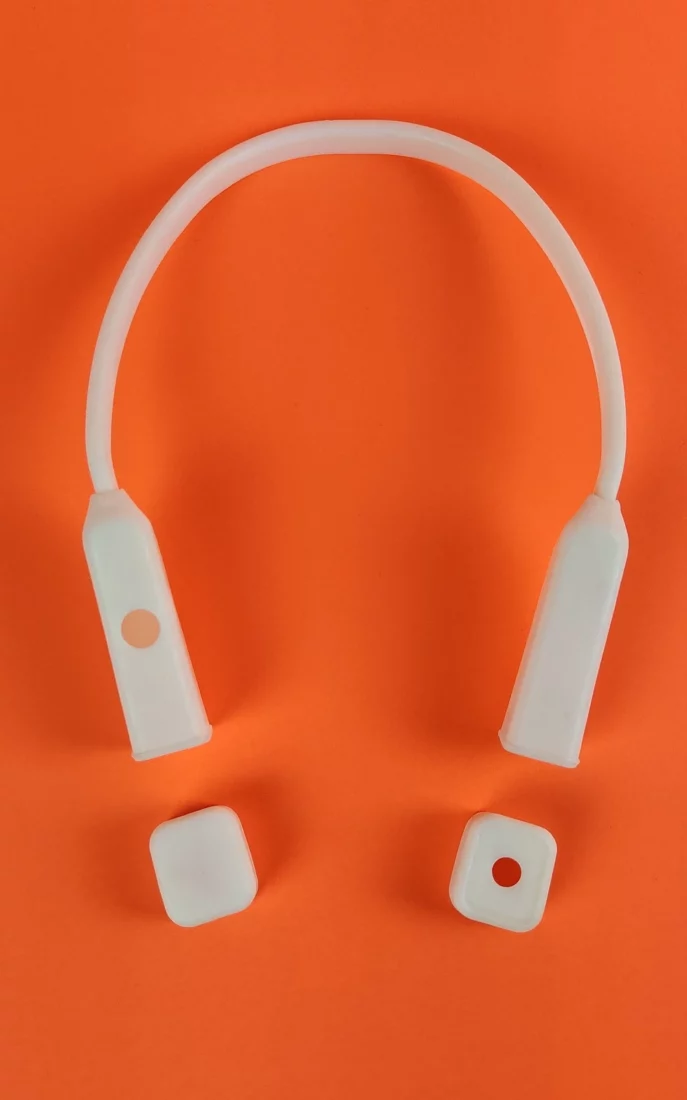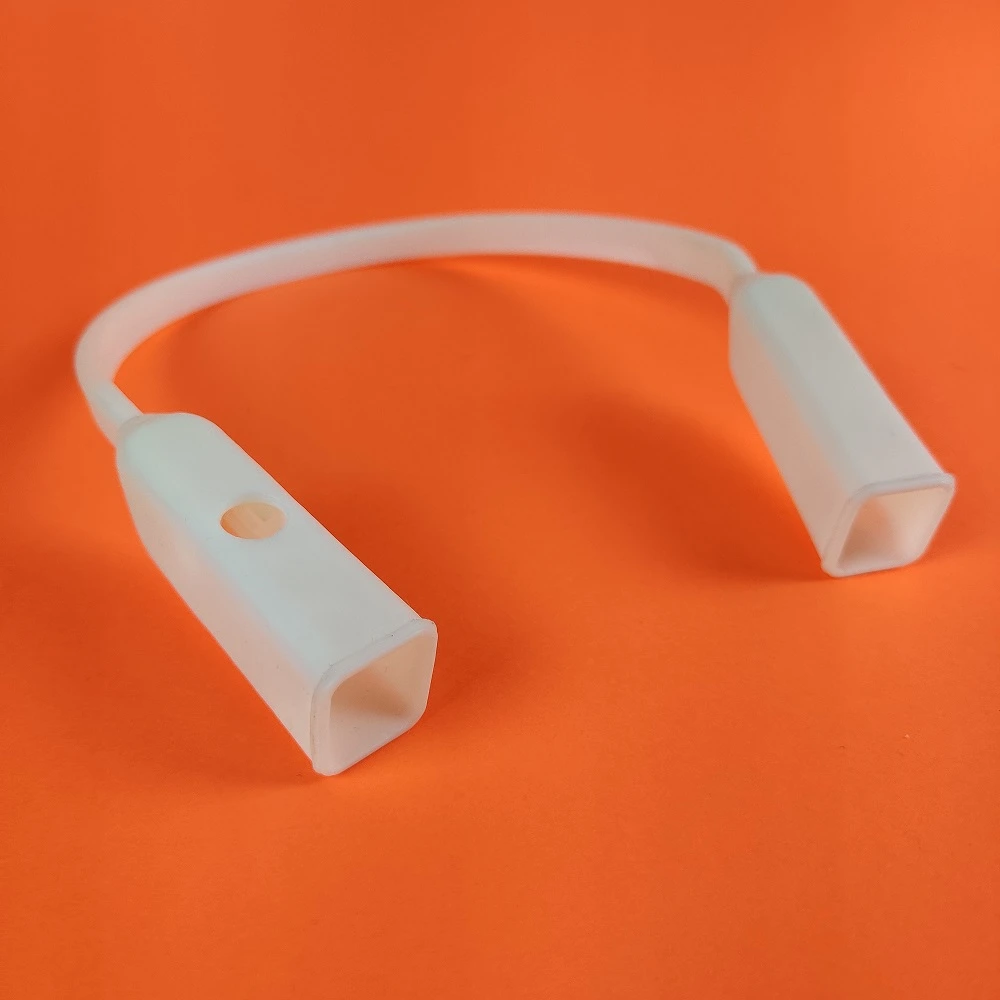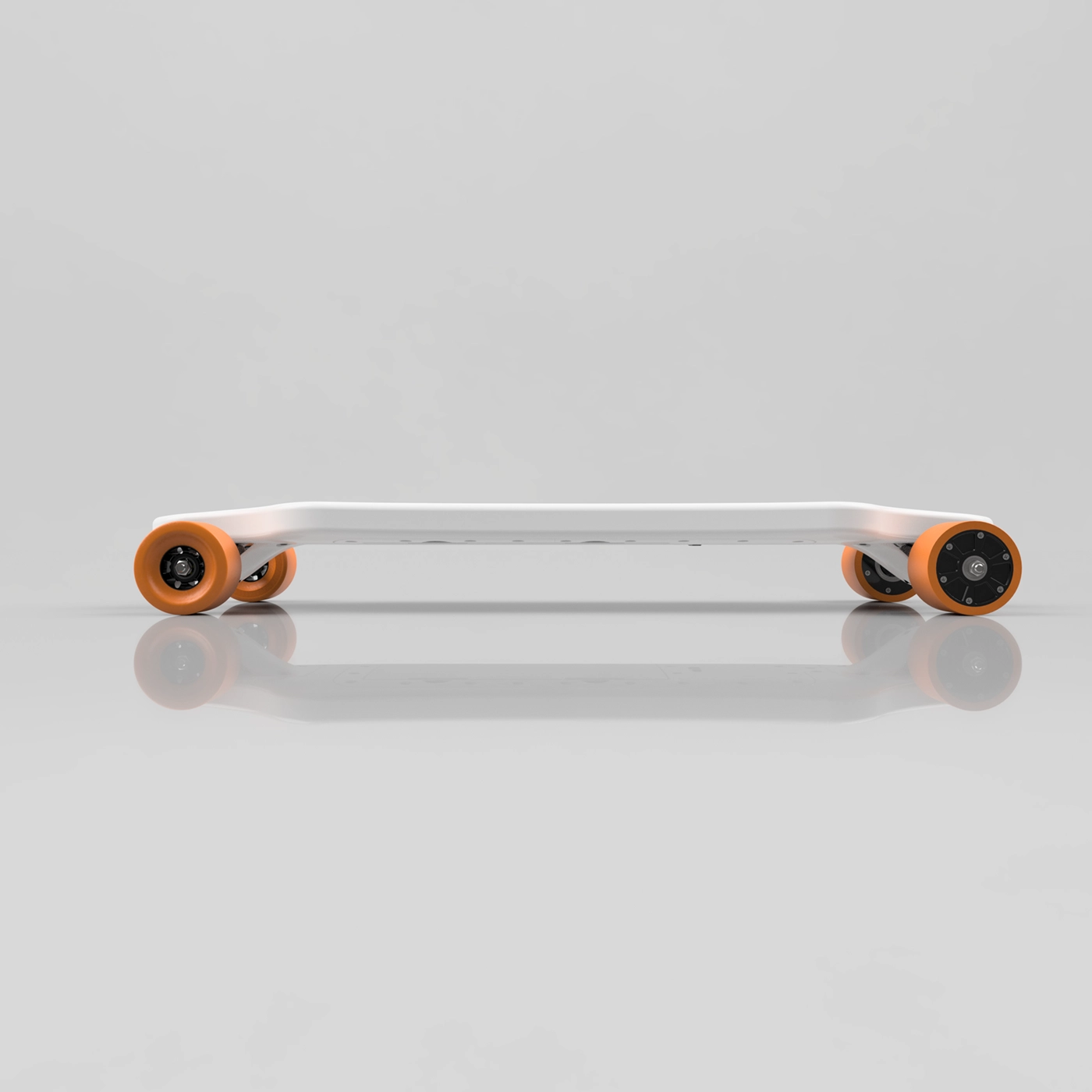Available materials for Urethane Vacuum Casting
The urethane Vacuum Casting Prototyping method allows the use of a wide range of elastic materials from 30 to 95 Shore A and rigid materials from 67 to 86 Shore D. This means it can be used for most applications if you want to produce a short line of low-cost prototypes.
We can deliver your prototype in a short period of time, from a single piece, using material that will meet your needs perfectly. We can produce high-quality transparent, translucent, or opaque prototypes that are great for functional testing of your devices or parts that will go directly into the final product.
You do not have to worry about choosing the right material for your prototype. We will do it for you! All you have to do is attach a file with the Technical Data Sheet (TDS) of the material you want your final product to be made of or let us know what environmental conditions it has to withstand. We will select the material that will best reflect the characteristics you want.
All you need to do is provide CAD files of your part. We will review them for you and design a 3D printing template or mold, depending on your application. You will receive prototypes within a few days.
Our Urethane Vacuum Casting Prototyping service
For our Urethane Vacuum Casting Prototyping services, we had to build a machine park consisting of 3D printers and vacuum casting equipment designed specifically to meet our customer’s requirements.
You can expect that the prototypes you order will be characterized by high accuracy, repeatability, excellent surface quality, and isotropy properties.
From a single silicone or 3D printed mold, few to even several dozen copies of an element can be produced. Molds can be simple – bipartite – as well as complex with many dividing lines and inserts (link do Overmolding & Insert molding prototyping) like shafts, forming inserts, thread inserts for injection molding, and more.
If you need design assistance in making your Urethane Vacuum Casting prototype, contact our team. We are always happy to help you with your projects.
Technical specifications
Maximum build dimensions
- Dimensions are unlimited as components may be composed of several sub-parts
- The maximum 3D printed mold size is 300 x 298 x 164 mm
Standard accuracy
- ±0.3% (with a lower limit of ±0.3 mm)
Mold or 3D printed master pattern layer thickness
- 25 – 50 μm
Minimum wall thickness
- 1 mm
Surface structure
- Finished parts typically have smooth and homogeneous surfaces. Depending on the material, polyurethane dyeing is available






